3 Smart Tips For Targeting Inshore Saltwater TROPHY Fish
- By: Justin Ritchey
- on
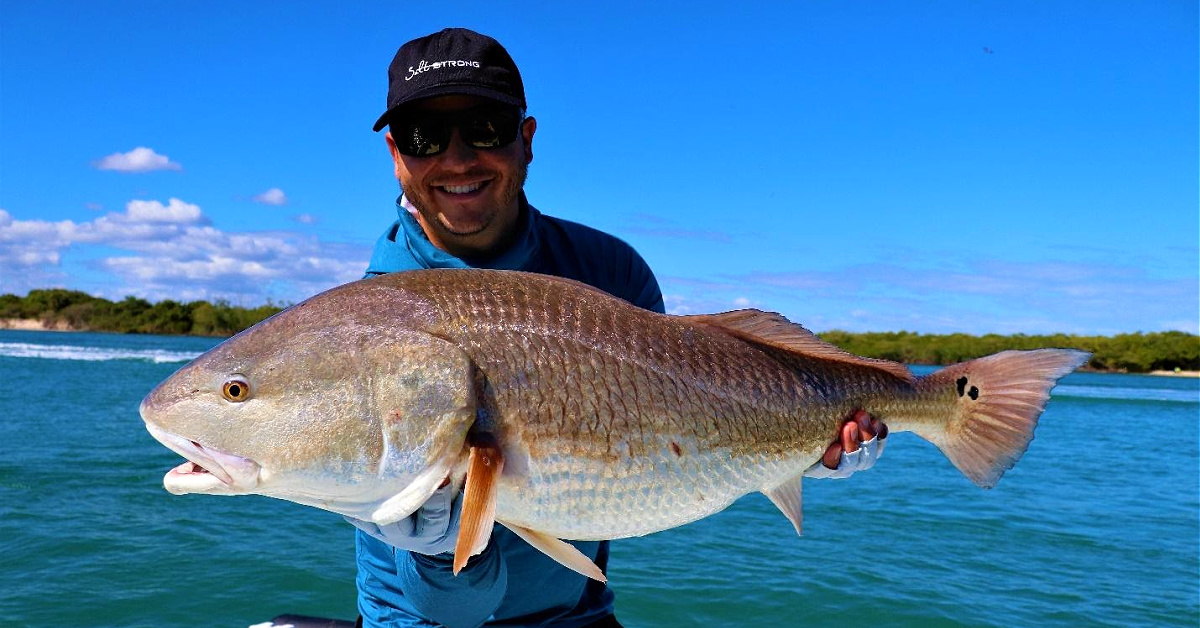
Do you want to target more inshore saltwater trophy fish?
How can you catch the GIANT fish from schools of small fish?
There are different strategies and tactics that apply to targeting trophy fish!
Take a look below!!
Targeting Trophy Fish
These tips will apply to different species but are more relevant to catching gator trout, bull redfish, and those 40-inch snook!
Gear
First and foremost, you need to make sure that you are geared up and prepared to target whichever species you are going after.
Generally, 7-foot and 7’6″ fishing rods are all-purpose for everything inshore saltwater fishing.
Depending on the type of structure around the areas you are targeting big fish, you need to gear up appropriately for different scenarios.
For example, big trout are known for having soft mouths.
It can be easy to overpower a trout when using topwater lures with single inline hooks.
Soft mouths mean you can pull the hook out of the fish’s mouth pretty easily if you overpower the fish.
Lots of times trout will be in open flats or areas with minimal structure.
Medium and Medium-Light rods are perfect for targeting trout because the softness in the rod tip will help counteract the head shakes trout are known for.
Similarly, snook are a species you definitely have to be overprepared for.
You want to make sure you have enough power to steer a snook away from structure.
A Medium or if there is a lot of current, a Medium-Light rod will apply well to catching larger snook.
Drag Pressure
The main thing to keep an eye on when targeting snook is the amount of drag pressure you are putting on the fish.
When you just hook into a fish and they begin their run away from you, if your drag is too tight, snook are known to break off and swim away.
The fish will either come to the surface and shake its head to free the hook.
Or the fish may make a straight run and the line will be rubbing the corner of its mouth causing abrasion.
If you do happen to hook into a big snook, very carefully feather the line back onto your reel spool.
Also, bump your drag back just 1-2 notches.
By slowing up on the drag, you are compensating for the initial surge of the fish.
You will prevent the risk of possibly breaking off that fish.
Proper Handling & Release
The most important part of targeting and catching trophy fish is properly handling and releasing them.
It is better to use a landing net that has a rubber-mesh net rather than other materials.
Lots of fish we target have protective slime coating along their scales and bodies.
If you use other rope materials or nylon, you run the risk of pulling the slime coating off the fish when the fish is already stressed from the fight.
We want to make sure we keep fish as calm as possible and safe in a net that will not rub their slime coating off.
The other benefit of using a rubber net is your hooks won’t embed themselves into the material.
A rope or nylon net can catch your hooks which can cause major issues.
The last thing you want is a fish thrashing around in your net with the hook embedded into the material.
It is vital to not increase the stress on the fish and release them as fast as possible.
Larger trophy fish are the future of our fisheries.
Big fish have the capabilities to go out and produce thousands of fish equal to or around their size.
Fish are exhausted once you are holding them and it is important to take your time on the release.
Have a firm grip on the thick part of the tail and carefully sway the fish left and right.
This gives the fish time to relax and catch their breath.
Additionally, you are working out some of that lactic acid that can be built up during the fight.
Ultimately, the fish will let you know when it’s ready to swim off.
Targeting Trophy Fish [VIDEO]


Conclusion
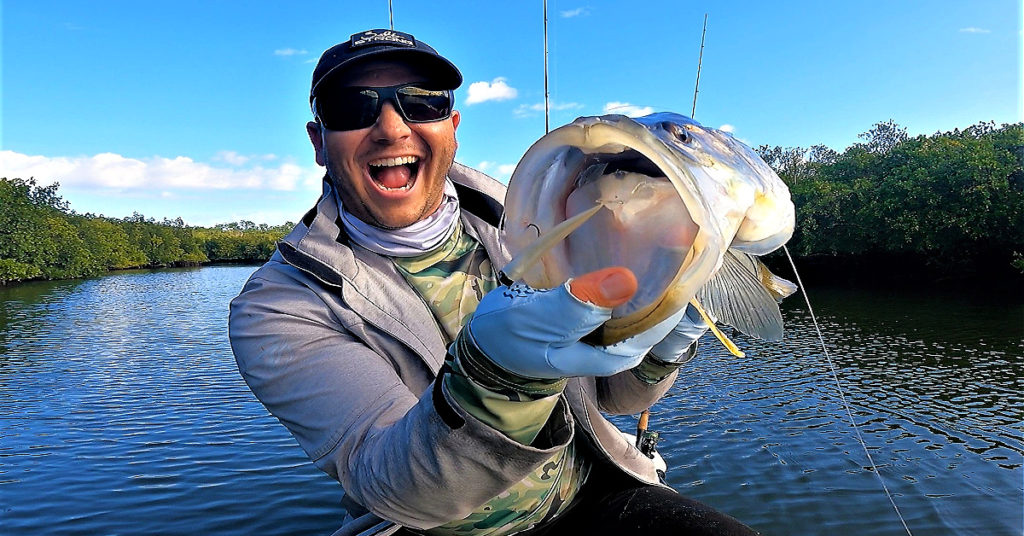
Everyone wants to catch the biggest fish, but it is preparation and readiness that will set you up for success in hooking into and landing a true trophy fish.
Be sure to gear up properly and have everything you need to induce a strike from a gator fish.
Make sure you handle these fish with care and caution because we need them to sustain our fisheries!!
Do you have any more questions on targeting trophy fish?
Let me know down in the comments!
And if you know someone who wants to learn more about targeting trophy fish, please TAG or SHARE this with them!
P.S. – Want to know how to retrieve all the different types of inshore fishing lures in a variety of ways? Check out our Artificial Lure Retrieval Methods Mini-Course.
Related Articles:
Related categories:
STOP WASTING TIME ON THE WATER!
Do what the “SMART ANGLERS” are doing and join the Insider Club.
Here’s what you’ll receive today when you join:
- Weekly fishing reports and TRENDS revealing exactly where you should fish every trip
- Weekly “spot dissection” videos that walk you through all the best spots in your area
- Exclusive fishing tips from the PROS you can’t find anywhere else
- Everything you need to start catching fish more consistently (regardless if you fish out of a boat, kayak, or land).

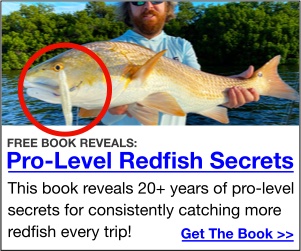


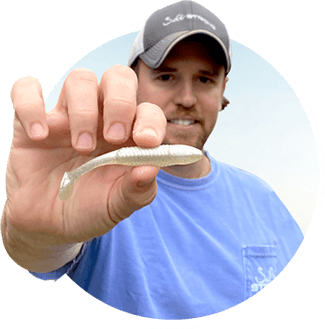
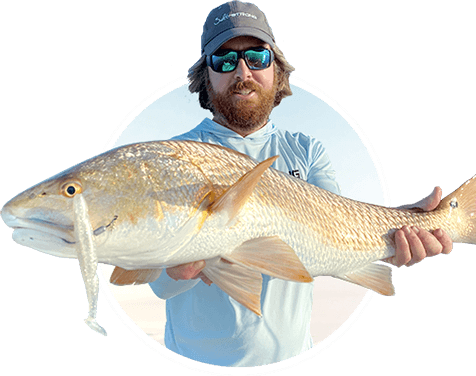
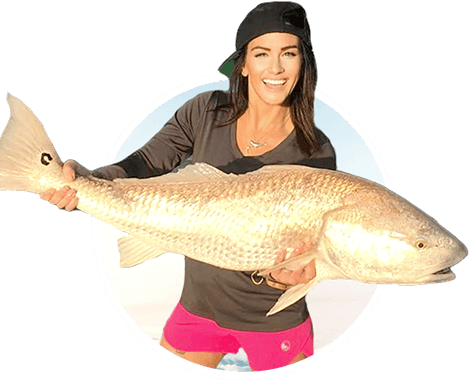
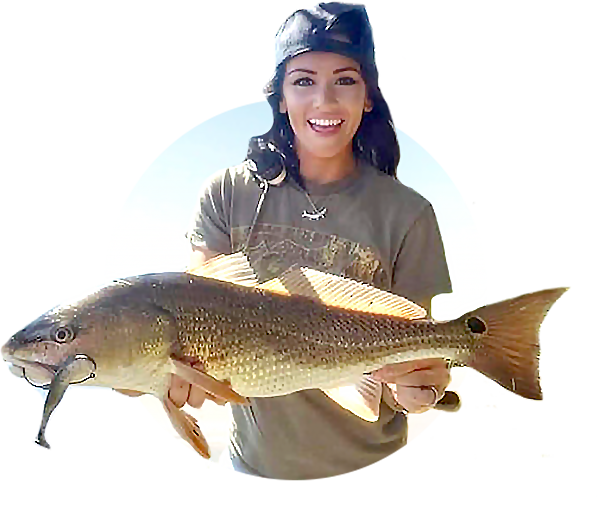
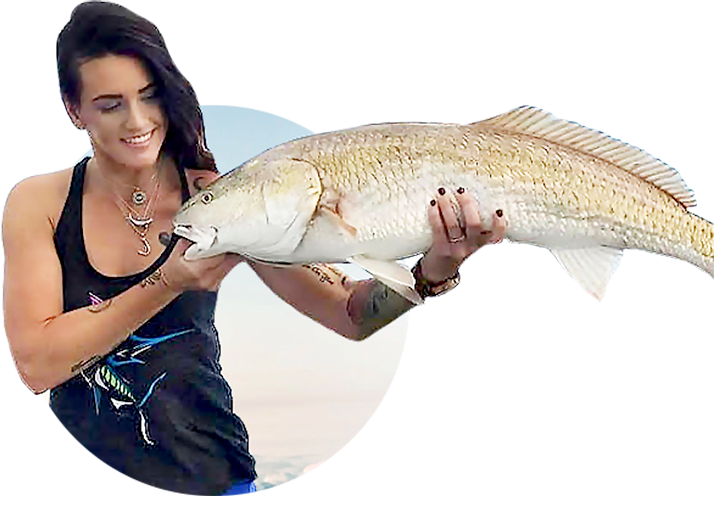

Good info Justin!
Thank you for the tips!
Anytime! Glad you found them helpful.
The best way to prevent hooks from getting caught in nylon fabric, the splitting of a fish’s tail,and help protect the slime coat of a fish, is to use a rubber sealant coating spray on your nylon fishing net.
Good idea! Anything that helps best protect the fish and make for an easier release is a win in my book.
Thank you for stressing the release of big fish.I see a lot of mishandled fish when I’m out there, not only from your weekend warriors, but also the guides, unfortunately.So thanks again for trying to get this important message out!
Thank you Howard! We can all be better about caring for the health & future of our fisheries!
Great tips Justin!
Thank you man!
Great tips!!! Thank you for sharing.
Thanks Amy!
WOW Justin…amazing subject! I’m getting some more perspectives on rod choices…something I’ve also discussed with Wyatt as well on his choice to pick a Medium rod vs. Luke’s experience on preference for MH rods for better hook up ratio. Like Wyatt and I discussed…there’s too much variables on differences on rods which companies don’t have a industry standard on rod actions and backbone rating. It’s becoming difficult to say a medium to medium heavy to medium light works in any scenario for certain styles of lures you’re casting. Yeah certain species of fish CAN be softer…but as far as type as structures you can deal with can negate that. I do agree I’m drag setter on the fly…having the feel on fish weight. But I see it the same way using a heavier rod. A bigger fish let’s say tough fish like Cuda, Shark, or Tarpon…all varies on the gear you hold. The goal is to tire them as much as you can and have the skill to weaken a trophy fish so much than it’s easier to handle at the end. The point of what I’m saying…it’s about feel and the setup you have that is capable. My question to you
…how can new comers that have the desire to catch trophy fish, feel comfortable to buy what works for them to achieve that? Man I love these topics!
I love it, Franklin. Your questions here make total sense. There isn’t a “standardization” between rod brands, so it can be a little tough to discern what a “Medium” feels like compared to another brands Medium Heavy. I tend to favor one particular brand for all of my rod choices, so I better understand the feel/limitations of that particular brand’s Medium Light vs. Medium vs. Medium Heavy. Anytime you find a rod that you have questions about, ask us in the Community and we will offer our experience & perspective with it.
You’re absolutely right: targeting TROPHY fish is a system, and we become more successful the better refined our system is. Aside from time on the water, you can certainly increase your chances of targeting & landing trophy fish (and gearing up appropriately) by discussing with other Members and Coaches that have experience in that realm. We’d love nothing more than to help you and other Members catch a New PB of any particular species! Happy to be a resource for you 🙂
Thanks my man! great response! yeah I’ll keep you guys posted when the time is right for that venture…I’ll most likely hit you up on the advice! Looking forward your next Kayak video!
Great video Justin! After watching this, it’s a reminder that I can get better at some of this. Thanks for sharing!
Glad you found it helpful, Bud!
I strongly disagree with your comment about adjusting the drag when fighting a fish. And so do the professional guides that I fish with. To many bad things can happen. I have done some tournament fishing and my drag was always set using a scale of 1/4 to 1 /3 of the line weight. Thus if you are fishing with 10 lb line you would be setting the drag at 2.5 to 3.3 llbs. Believe it or not that is a lot of pressure. and you can always add more pressure if needed by palming the real. By setting the drag in the fashion I mentioned, you should never need to adjust the drag when fighting a fish. I look forward to your reply.
Happy to discuss this, Fred. I’m sorry that you do not agree with this tip/suggestion I’ve shared. Yes, you are correct here: pre-setting your drag at 20-30% of your line test rating is a good variable to go by, and one that we encourage anglers use as a standard in most scenarios. With all due respect, many professional guides do not recommend anglers (their clients) adjust their drag mid-fight because, for many anglers, it can be too high of a risk. A few clicks too far, one way or the other, can spell disaster. But again, this tip/suggestion is not for “everyday fishing” scenarios. Rather, it’s for those that have experienced hooking a large Snook or Trout and want every possible advantage of landing that trophy fish, and quick drag adjustments can (and has) awarded me numerous fish in dicey situations.
I’ll preface by saying this: this technique is not for an inexperienced angler, and should be done with caution. But for those that feel confident in their equipment, know their limitations, and are willing to take that risk for a high payout, it has proven to be a successful technique for me and for others.